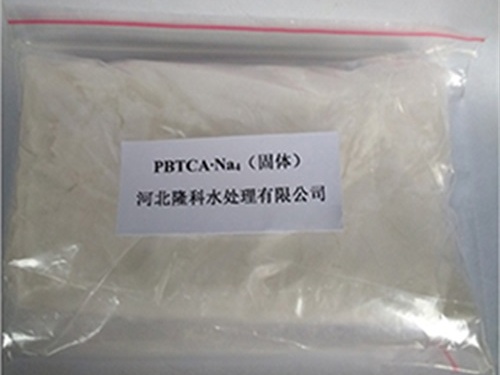diethylene triamine penta
Diethylene Triamine Penta (DTPA) A Comprehensive Overview
Diethylene Triamine Penta (DTPA) is a versatile chelating agent that has garnered significant attention in various fields due to its unique chemical properties and applications. DTPA is a polyamine compound that features multiple functional groups capable of forming stable complexes with metal ions. This property makes it particularly valuable in industries ranging from agriculture to pharmaceuticals and environmental remediation.
Chemical Composition and Structure
DTPA, also known as diethylenetriaminepentaacetic acid, consists of a diethylene amine backbone with five acetic acid groups. The chemical formula of DTPA is C14H23N3O10, which indicates its complex structure and potential for interacting with various metal ions. The presence of five carboxylic acid groups allows DTPA to coordinate with metal ions, creating stable chelates. This coordination not only helps in the solubilization of metals but also in preventing their unwanted reactions in different environments.
Applications in Agriculture
In agriculture, DTPA is primarily utilized as a micronutrient chelate. Many essential metals, such as iron, zinc, manganese, and copper, are crucial for plant growth but are often present in forms that plants cannot absorb. DTPA effectively binds these metal ions, making them bioavailable to plants. This application is particularly beneficial in alkaline soils where metal ions tend to precipitate and become unavailable. By using DTPA chelates, farmers can enhance crop yields and ensure that plants receive the necessary nutrients for optimal growth.
Role in Medicine
diethylene triamine penta

DTPA also plays a critical role in the medical field, particularly in diagnostic imaging and therapeutics. One of its notable medical applications is in the treatment of heavy metal poisoning. DTPA can bind to toxic metals like lead, cadmium, and plutonium in the bloodstream, facilitating their excretion from the body. This chelation therapy is vital for patients exposed to harmful levels of these metals, as it mitigates their toxic effects and promotes recovery.
Furthermore, DTPA is employed in the preparation of radiopharmaceuticals, where it serves as a ligand to bind radionuclides for imaging purposes. The ability of DTPA to form stable complexes with metals makes it an ideal candidate for radio-tracing applications in nuclear medicine, allowing for better visualization of physiological processes.
Environmental Remediation
Environmental cleanup initiatives have also harnessed the power of DTPA in soil and water remediation. As a chelating agent, DTPA can bind heavy metals present in contaminated environments, thereby reducing their toxicity and enhancing their removal. This is particularly important in addressing industrial waste and mining operations, where heavy metal contamination poses significant environmental and health risks. By using DTPA in conjunction with bioremediation techniques, it is possible to restore contaminated sites to safe and usable conditions.
Conclusion
In summary, Diethylene Triamine Penta (DTPA) is a multifaceted compound with a wide array of applications across various industries. Its excellent chelating ability not only aids in promoting agricultural productivity but also serves crucial functions in medical treatments and environmental cleanup efforts. As research and technology progress, the potential uses of DTPA may continue to expand, reinforcing its importance as a valuable component in modern science and industry. The ongoing exploration of DTPA's capabilities will likely lead to innovative solutions for pressing global challenges, particularly in health and environmental sustainability.
-
2-Phosphonobutane-1,2,4-Tricarboxylic Acid: Scale & CorrosionNewsAug.29,2025
-
Premium Isothiazolinones | Broad-Spectrum Biocidal SolutionsNewsAug.28,2025
-
LK-319 Special Scale And Corrosion Inhibitor For Steel Plants: Advanced Solutions for Industrial Water SystemsNewsAug.22,2025
-
Flocculant Water Treatment: Essential Chemical Solutions for Purification ProcessesNewsAug.22,2025
-
Isothiazolinones: Versatile Microbial Control Agents for Industrial and Consumer ApplicationsNewsAug.22,2025
-
Scale Inhibitor: Key Solutions for Water System Scale PreventionNewsAug.22,2025





